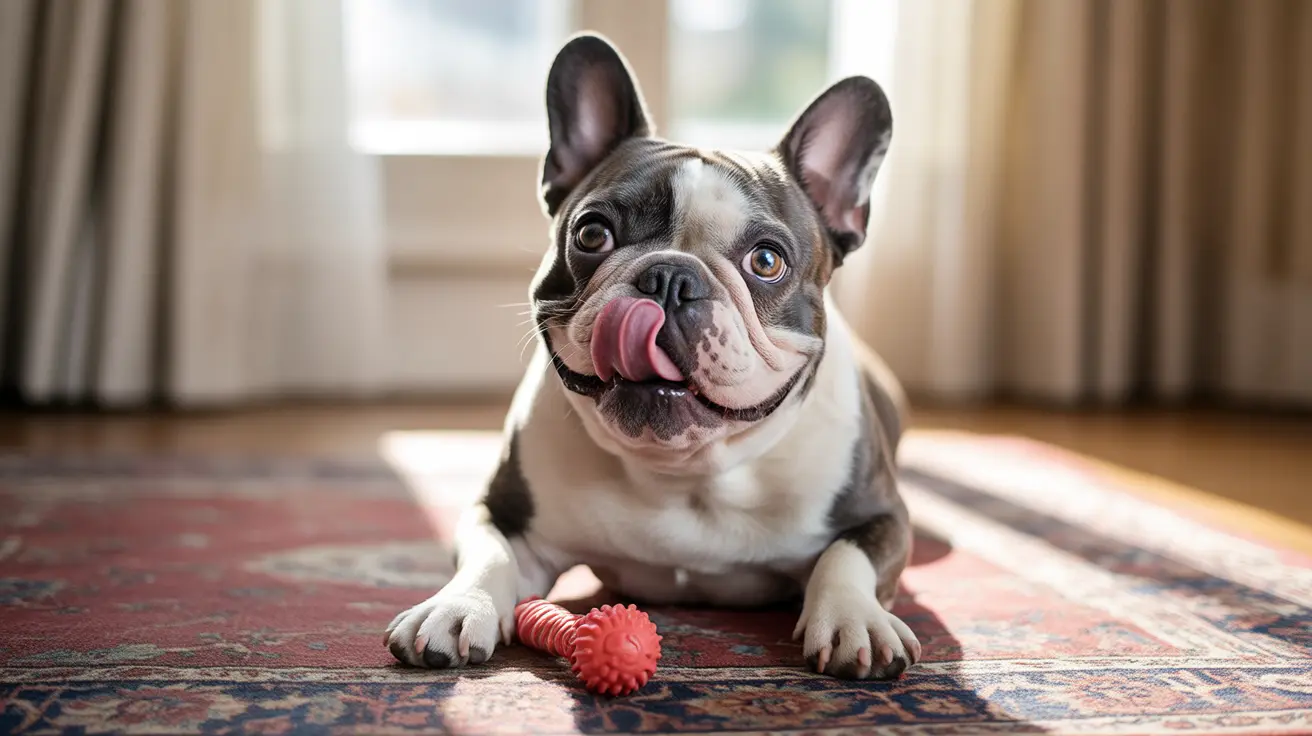If you've ever wondered whether dogs have uvulas like humans do, the answer might surprise you. Unlike humans, dogs don't have uvulas - that small, fleshy extension hanging at the back of the throat. This anatomical difference reflects the unique evolutionary paths of humans and canines, resulting in distinct throat structures that serve their specific needs.
Understanding your dog's throat anatomy isn't just a matter of curiosity - it's essential knowledge that can help you identify potential health issues and ensure proper care for your furry friend. Let's explore the fascinating world of canine throat anatomy and discover why dogs developed different anatomical features than humans.
Understanding Canine Throat Structure
While dogs don't have uvulas, they possess other anatomical features that serve similar functions. The most important of these is the soft palate, which extends from the hard palate at the roof of the mouth. This structure helps guide food, assists in breathing, and prevents food from entering the nasal passages - all functions that the uvula performs in humans.
Dogs also have a well-developed epiglottis, which covers their trachea during swallowing to prevent food aspiration. This mechanism works efficiently without the need for a uvula, demonstrating nature's diverse solutions to similar physiological needs.
The Curious Case of Brachycephalic Breeds
Some dog owners, particularly those with flat-faced (brachycephalic) breeds like Bulldogs, Pugs, and French Bulldogs, might notice what appears to be a uvula-like structure in their pet's throat. However, this is actually an elongated soft palate - a common condition in these breeds that can require medical attention.
An elongated soft palate can cause various breathing issues, including:
- Noisy breathing or snoring
- Difficulty exercising
- Increased risk of heat stroke
- Respiratory distress
The New Guinea Singing Dog Exception
Interestingly, there is one notable exception in the canine world - the New Guinea Singing Dog. This rare breed possesses a forked uvula, which contributes to its unique vocalizations. However, this is an extremely rare case, and domestic dogs do not share this anatomical feature.
Implications for Dog Health
Understanding that dogs don't have uvulas helps owners better recognize potential health issues. If you notice any unusual structures in your dog's throat or observe breathing difficulties, it's important to consult a veterinarian, as these could be signs of an elongated soft palate or other respiratory conditions.
Frequently Asked Questions
Do dogs have uvulas like humans do?
No, dogs do not have uvulas. This anatomical feature is primarily found in humans and is extremely rare in other mammals.
What is the difference between a dog's soft palate and a human uvula?
A dog's soft palate is a continuation of the roof of the mouth, while a human uvula is a separate, dangling structure. The soft palate in dogs performs many of the functions that the uvula does in humans.
Why do some dog breeds appear to have a uvula-like structure in their throat?
What appears to be a uvula in some dogs is usually an elongated soft palate, particularly common in brachycephalic (flat-faced) breeds. This is a medical condition, not a normal anatomical feature.
How does an elongated soft palate affect my dog's breathing and health?
An elongated soft palate can cause breathing difficulties, snoring, exercise intolerance, and increased risk of heat stroke. It may require surgical correction in severe cases.
Should I be concerned if I see a fleshy flap at the back of my dog's throat?
Yes, if you notice any unusual structures in your dog's throat, you should consult a veterinarian. While it's not a uvula, it could be an elongated soft palate or another condition requiring medical attention.
Understanding the unique aspects of canine anatomy helps us provide better care for our four-legged companions. While dogs may not have uvulas, their throat structure is perfectly adapted to their needs, demonstrating nature's remarkable diversity in anatomical solutions.






